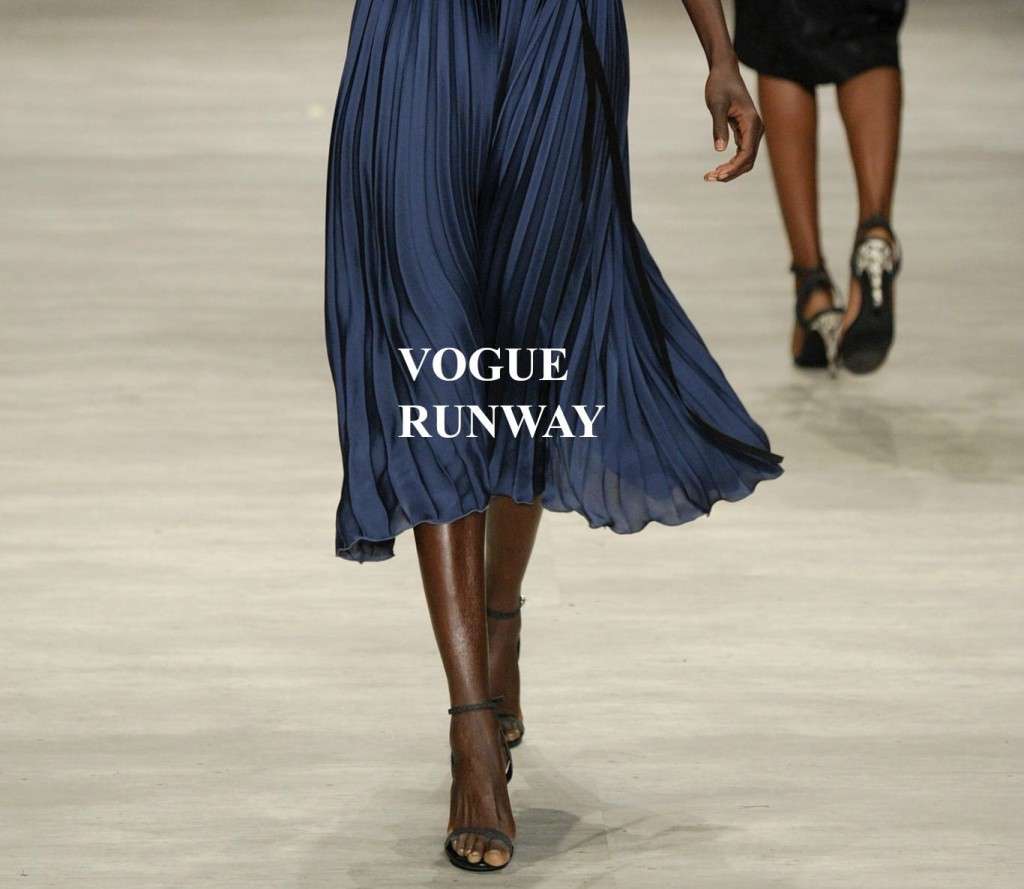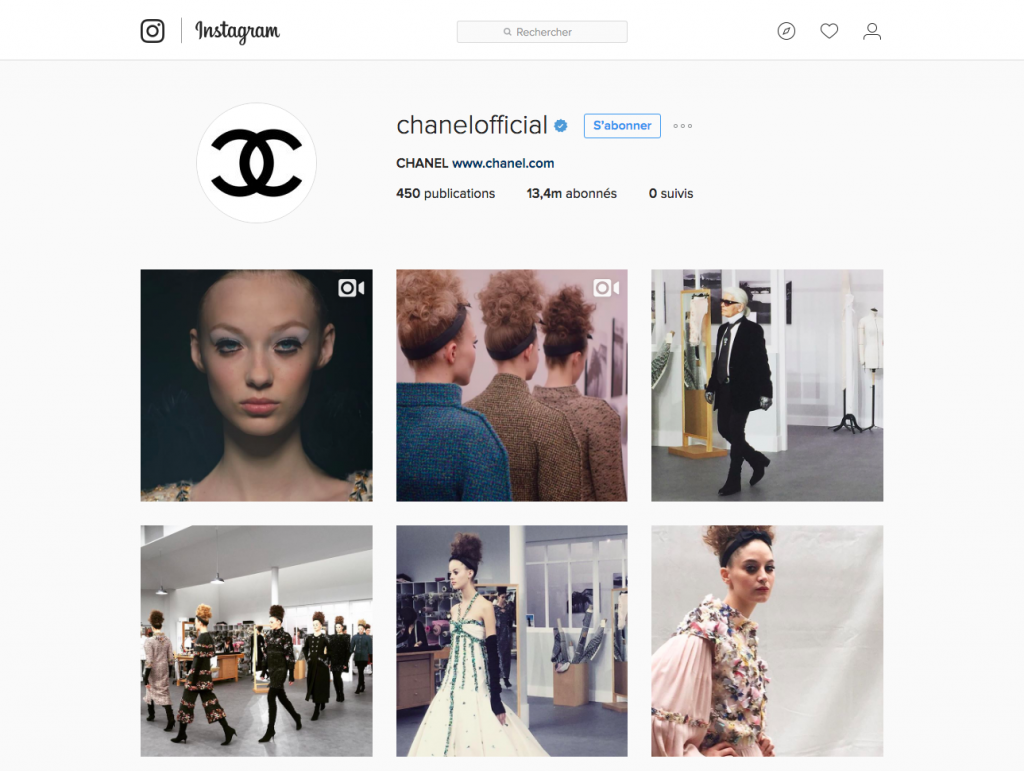It is needless to list the perks of digital media. We are living in a day and age where we have fast access to information, gadgets in our hands that provide us with great quality cameras, and an unlimited means for various sources of interaction. Apart from serving our individual lives for the best; these facilities also serve to different organisms and communities in our society. The fashion community is the one I’d like to elaborate on for this post.

When fashion is mentioned, I make a separation in my head regarding the different dynamics that make the industry it is today . The first one being the design and aesthetics scene; the second one being the commercial aspect. Although I make a separation, they often go hand in hand and cannot be seen as completely separate components of the industry. Nevertheless, during the era of the first luxury fashion houses, the design aspect was considered to be primal compared to the commercial side. Making a statement, giving birth to something never seen before, and thinking outside of the box when it came to how we dress ourselves overbore the financial concerns of the designers. The means to spread the word for products of a certain fashion house depended on word of mouth, and they were all about creating a loyal community of customers, or rather an “ideal woman” or an “ideal man” who had the unique taste to wear their pieces.
Today, the traces of this once-urge to create a lifestyle around clothing is still visible for many brands. However; I very much question and compare the level of achievement fashion houses have with the era of social media.
Long-established and prestigious fashion houses have been using digital facilities, notably social media, to promote their products and their aesthetic vision as a house. Instagram is a great tool to livestream shows during fashion weeks, to create a feed that is representative of the brand’s target audience, and even to add virtual shopping tools on their photos and stories. When looked from a commercial point of view, these tools have one and one intention only: to make the shopping experience more accessible -in terms of speed and smoothness, not pricing- thus increasing the sales.
I would argue for a big BUT here. The more these brands make a “public” appearance -they are a glimpse away from any social media user- the more all the values they stand for are at stake. Fashion houses like Chanel, Christian Dior, Prada, Fendi and Gucci oppose to their initial nature by using social media channels where almost all existing brands in the world are on, both high and low. When we consider their point of departure as almost-impossible-to-reach and extremely exclusive brands, to see their daily online engagement creates a controversy.

I would strongly argue that fashion, regardless of the price tag of the items, should and could be accessible to everyone. Anyone can feel a part of a brand identity whether they shop at the store or not. After all, these houses manifest an “ideal” way of living that comes from the way we put on clothes. Anyone can board on the ship of being a “Chanel woman”. Yet before the digital age, you had to have the interest to purchase a magazine to be able to browse through the pages in admiration. You could window shop and drool as you were walking down the street seeing the display windows. This further contributed into the mysterious side of the brand, making the shopping experience left to pure imagination, which nowadays became as normal as calling your mom given both are one click away. Today you can browse through any online retail store, have an idea about the high price tags and even put things in your shopping basket. You can virtually attend the fashion shows and feel as an invited guest without spending thousands on a number of items over the course of many years of establishing a careful relationship with your shop assistant.
In a way, as I am writing this post, I realized the shift concerning the fashion industry may not be that bad, given that it is not the only industry that went under transformation. Almost every feature of societal dynamics are going under changes and require certain adaptations. However; these luxury brands who solely depend on their heritage, are contradicting their own virtues by giving up on their so called “exclusivity”.
Things did become more easy from a marketing strategies point of view; but the notion of a now-nostalgic privileged life and the idea of high fashion may have broken apart with their increased amount of visibility and online presence.



Hi Zeyne! I personally follow a lot of luxury fashion brands on Instagram so found your post interesting. I have to say, I think it is a good thing these brands have become more accessible, even if not in terms of owning the products. The fashion industry as a whole has changed a lot since the days of the first French couture fashion houses and the women it aspired to dress. The advent of quick fashion brands like H&M and Zara mean that what is in style that season is achievable for everyone, at vary qualities and prices. In order for the historic houses you mention to stay alive, I think they had to change with the times and digitise or be left with only a very small, very elite clientele.
Also if you look at the quality of ads and advertising videos of luxury brands they are undoubtedly of superior production quality and refinement than other more accessible brands, making them stand out.